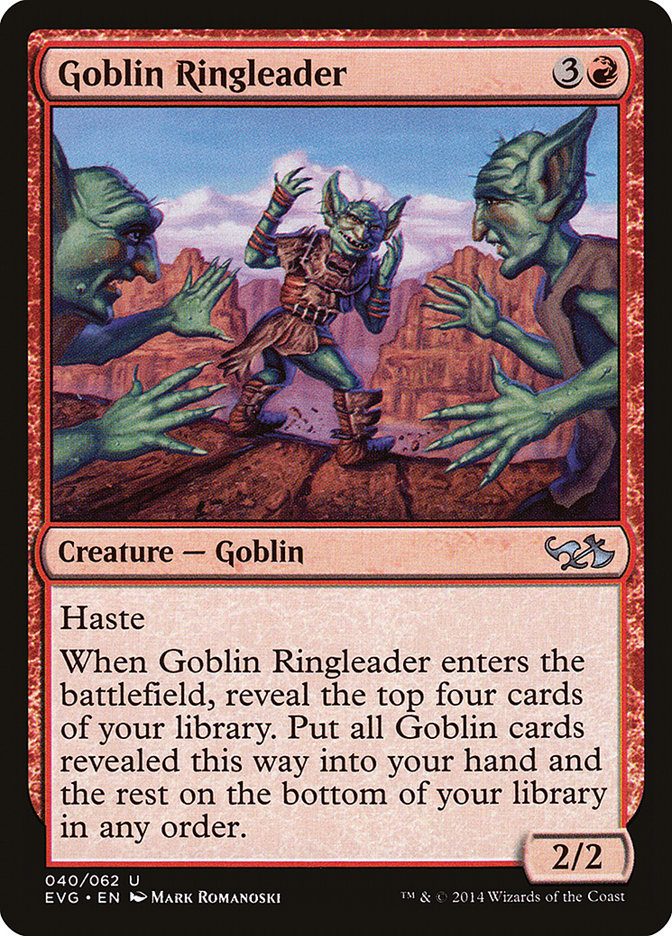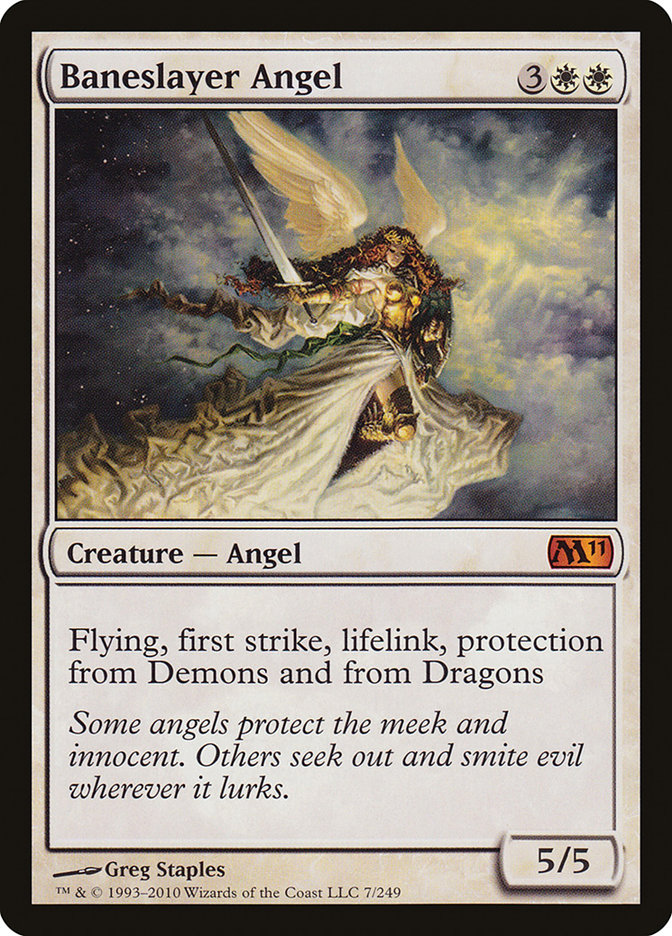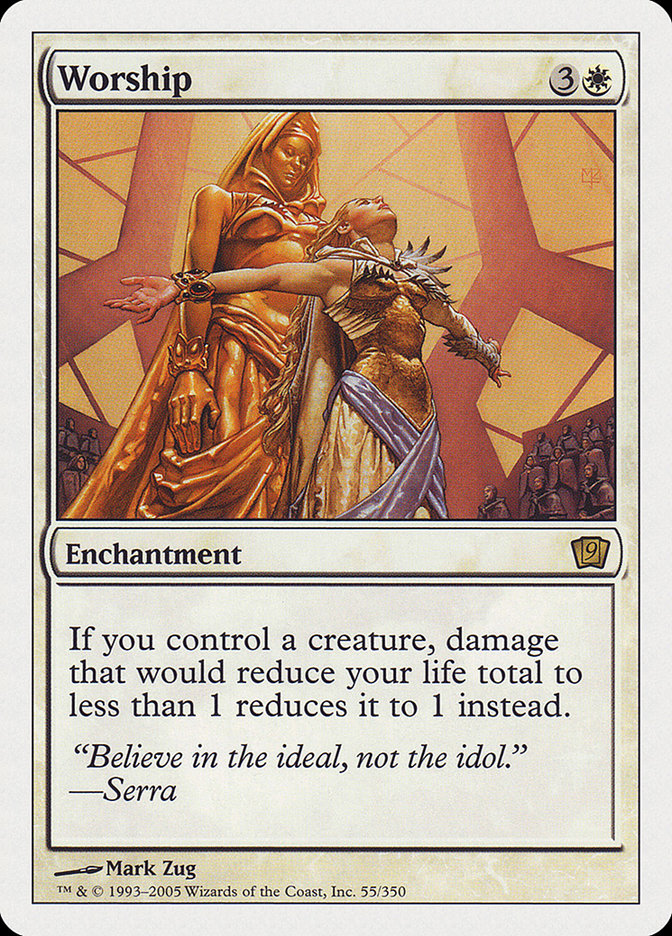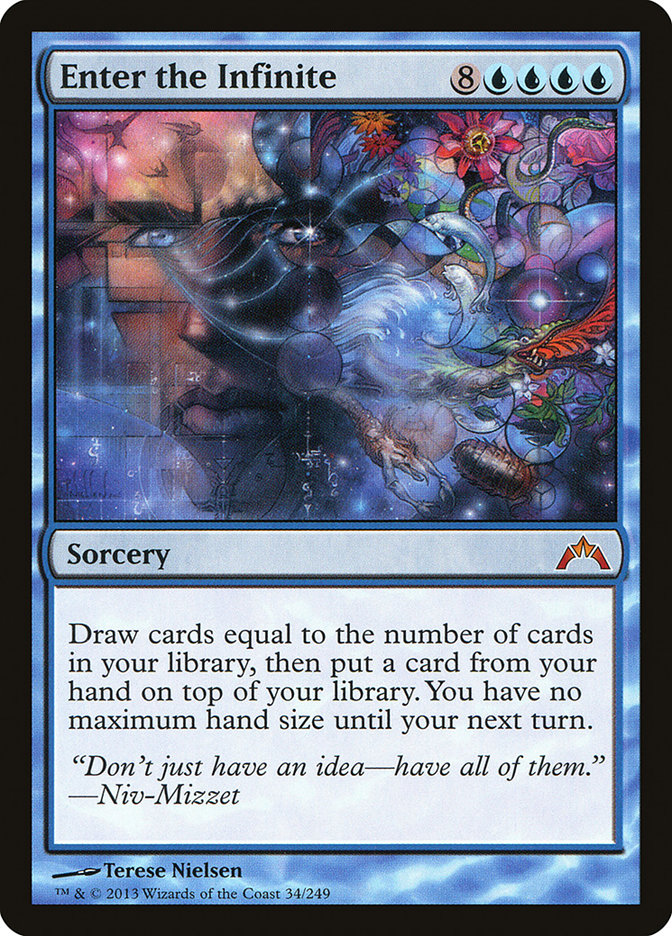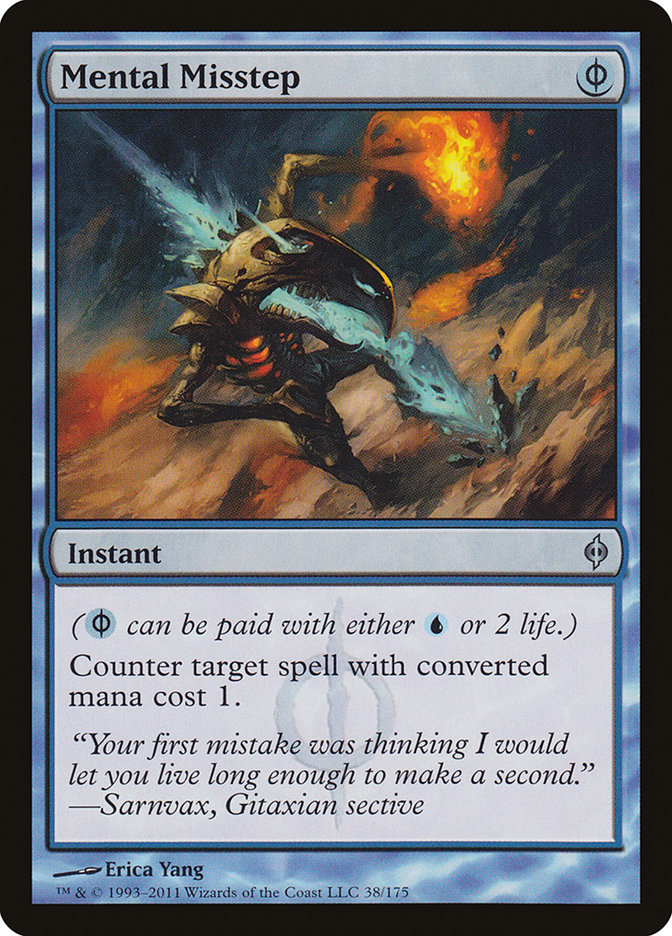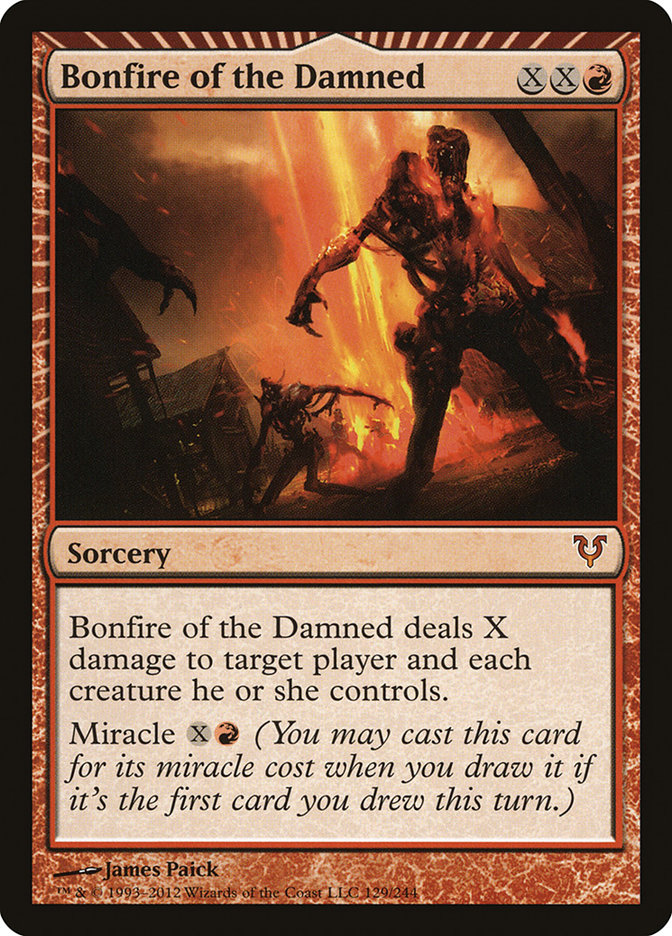Magic is art.
Art has long been heralded for its ability to incite and inspire many different responses from people.
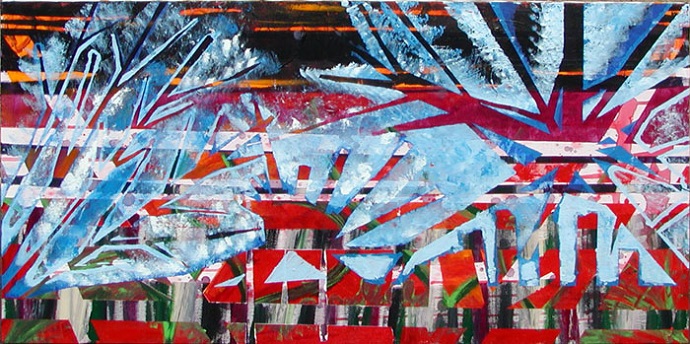
Some people look at a painting like this one (by Brian Cotter, a longtime friend of mine and the singer and guitar player in my band Teach Me Human) and see nothing more than a disjointed mess of colors. There is no subject; there is nothing “real” depicted. It’s just a bunch of colors and odd shapes.
Some people can listen to a song like this and hear nothing but a wall of sound. There are no vocals; there’s no solid structure to the song. It’s just a bunch of noise with drums banging along.
Those people aren’t wrong, but they aren’t right either.
I see a beautiful abstract painting, with wonderful lines and shapes and a very odd juxtaposition of colors. I like that I have to look at it more than once, and that there is no distinct subject for me to focus on. Rather, I need to look more closely at the painting and find the aspects of it that stand out to me personally.
I hear an intensely emotional song that speaks more than songs with pages of lyrics. I like that the song is a challenge, that it’s not an easy listen, and that it forces you to listen closely. There’s a lot going on in the layers of sound, and unpacking it is an experience that ends up unique to the listener. Without lyrics, the song simply means whatever you feel it means.
Art is beautiful because it has the ability to inspire the full spectrum of both love and hate across a wide variety of people. One person’s favorite song many be torture to another.
Magic is the same way, and it’s one of the reasons why it has been such an enduring game.
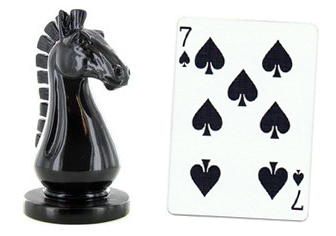
When you’re playing chess, it’s very clear that the queen is the best piece and the pawn is the worst. You may have a preference for knight or bishop play, but in the end they’re just pieces. Same with poker— it’s hard to feel too attached to the seven of spades. In these games, the experience is there while playing, but there isn’t really an emotional connection to the game.
Magic is different, because you can have my Goblin Ringleaders when you pry them from my cold dead hands.
However, we already discussed our favorite cards last year. This time we are going to go to the hate side of the love/hate equation. It’s time for…
#MyNotTop8Cards
8th place – Baneslayer Angel
We start with a card that is actually loved by many, and in many ways indicative of current Magic design philosophies.
It’s no secret that threats have gotten much better over the years, and Baneslayer Angel was one of the first cards to really epitomize the now-common “singular reasonably costed threat you must kill in a turn or two or the game is over”-style card. These cards are powerful, flashy, and make games swingier, which allows less-experienced players to occasionally defeat more experienced ones when they don’t have the right answer for a turn or two. In a lot of ways, these types of cards are good for Magic as a whole because they are a net positive for the majority of the playerbase.
I don’t care.
I hate them.
I hate playing with them because they offer so little value when they are killed, and I hate playing against them because I just lose if I don’t have an immediate answer. I would so much rather cast a Mulldrifter or Cloudblazer than a Baneslayer Angel, because I always want my cards to get value and because I know that I can do the work to win the game myself; I don’t need the high risk/high reward power level of a card like Baneslayer Angel to just take over a game.
Thankfully Archangel Avacyn was printed, so I was able to take Baneslayer Angel out of my Cube once and for all.
7th Place – Worship
Speaking of cards that are beyond awful if your opponent has an answer to it but unbeatable if they don’t, we come to perhaps one of the worst offenders.
Worship never wins you a game of Magic— it just tries to make sure you don’t lose. It will never help you get back into a game you are behind, and it won’t help you actually kill your opponent before they find an answer. You essentially only play Worship when you know your opponent has no way to deal with it and it is a one-card hard lock.
I don’t think I need to go much more into why I disdain cards like Worship.
There are so many corner-case answers to Worship. You can maintain battlefield control and deck your opponent. You can kill all of their creatures. You can have a random life loss effect like Vapor Snag. You can have a single Disenchant in your deck and then have the whole game to draw it.
But of course, sometimes you actually don’t have an answer and you can’t win the game anymore.
To me that is the worst kind of Magic.
6th Place – Enter the Infinite
While Enter the Infinite is the official entry in sixth place on the list, it is joined in spirit by cards like Emrakul, the Aeons Torn; Worldspine Wurm; and other absurdly uncastable cards that are only meant to be cheated through by some abnormal means.
Has anyone ever actually cast Enter the Infinite? As in, they tapped twelve lands (four of which were Island), put Enter the Infinite onto the stack, and then drew their whole deck and passed the turn? I’m all about combo decks, and I’m all about making sure that combo is a viable option in most formats, but Enter the Infinite is just an absurdly lazy design.
The card is essentially a one-card combo, and all you have to do is just find a way to cast it; any Modern or Legacy deck can find a way to win once it has all of its cards in its hand.
Combo decks are more fun when they require some work to assemble.
The same goes for cards like Emrakul, the Aeons Torn. All you need to do is get it onto the battlefield and attack with her once, whether via Show and Tell, Sneak Attack, Goryo’s Vengence, Through the Breach, or what have you. This usually requires a bit more work, but she is so powerful, why use anything else for any of these types of decks?
5th Place – Invisible Stalker
Invisible Stalker looks so simple and unassuming. On the surface, it is a very weak Magic card. Even at one mana, an untargetable and unblockable creature would probably not see play. However, Invisible Stalker was one of our biggest introductions to hexproof, which is one of my least favorite mechanics of all time.
Sure, that Invisible Stalker looks harmless, until…
…and you’re dead.
Butcher’s Cleaver was the common pairing for it in Innistrad Limited, and it was especially frustrating and unbeatable.
In a lot of ways, Invisible Stalker is standing in for the whole suite of hexproof creatures in Magic, but at least Slippery Bogle and Geist of Saint Traft can be interacted with via combat. Invisible Stalker is one of the most uninteractive creatures ever printed.
4th Place – Chalice of the Void
Speaking of non-interaction, how about you can’t play most of the spells in your deck?
Prison cards are often maligned by your average Magic player, but I actually tend to like cards like Tangle Wire, Winter Orb, and Wasteland. While these cards are very punishing tempo cards, you can still play around and through them with difficulty. They also symmetrical enough that you need to break the symmetry during gameplay; you can’t play a Tangle Wire if you are behind.
Chalice of the Void, and to a lesser extent Blood Moon, is a card that literally doesn’t allow you to play your cards. It is a card that attacks how you build your deck rather than how you play your games, and because of how important one-mana cards are in Eternal formats, it’s hard to build your deck any other way. You aren’t not going to play one-mana spells in your deck, so if your opponent plays a fast Chalice of the Void, it’s going to be an issue, but most decks don’t play Chalice of the Void, so it’s not something you need to consider too heavily.
But when they cast it turn 1 on the play, you can never win unless you have some sort of answer.
The decks that play Chalice of the Void also can’t really afford to play one-mana spells either, lest they get caught in their own effect, so they end up being underpowered as a whole. This creates an extreme volatility— when Chalice of the Void decks draw and deploy a very early Chalice of the Void, they are extremely potent. If they don’t, they are extremely underpowered. Even a turn 2 Chalice of the Void on the draw can be too slow against a deck like Burn or Infect in Modern, and you can easily just be dead to a deck like Storm in Legacy as well. Last, the Chalice of the Void player often puts so much into casting it on turn 1 that, if it is answered in a timely fashion, they don’t have nearly the resources or material left to win.
Chalice of the Void leads to extremely swingy games of Magic, where one player often doesn’t get to play at all, and that’s not my idea of a good time.
3rd Place – Mental Misstep
Mental Misstep is perhaps one of the worst design mistakes in the last decade of Magic development.
Wizards of the Coast has done a phenomenal job making Magic over the last ten years, and it astounds me they allowed Mental Misstep to see print. As we learned from Chalice of the Void, one-mana spells are perhaps the most important spells in any Eternal format. This, coupled with the foolishness of the entire Phyrexian mana mechanic, makes it fairly easy to see why Mental Misstep is an issue.
When you have a free spell that anyone can play that can answer any one-mana spell in the game, even on the draw, you’ve got an issue. When this spell can also answer itself, the opening turns of a game quickly devolve into “who drew the most copies of Mental Misstep?” I cast my Aether Vial, and you are going to cast Mental Misstep on it if you have one. If I have my own Mental Misstep, I am going to Mental Misstep your Mental Misstep. This will continue until a player doesn’t have a Mental Misstep anymore, and the spell either resolves or doesn’t.
Creatures (31)
- 4 Goblin Matron
- 4 Goblin Lackey
- 4 Goblin Warchief
- 1 Goblin Sharpshooter
- 4 Goblin Piledriver
- 4 Gempalm Incinerator
- 2 Siege-Gang Commander
- 4 Goblin Ringleader
- 1 Skirk Prospector
- 1 Tin Street Hooligan
- 2 Mogg War Marshal
Lands (23)
Spells (6)
Sideboard

For God’s sake, I almost won an invitational with two uncastable copies of Mental Misstep in my Goblins deck!
Mental Misstep promotes extremely homogenized gameplay, and that’s almost never a good thing.
2nd Place – True-Name Nemesis
Oh, you thought Invisible Stalker was bad?
Wait, before I even get to that…
Why is this card blue and not white?!
When does blue ever get good protection effects?!
Why does blue get another good card for Legacy when it is already far and away the best color?!
Why doesn’t white, one of the worst colors in Legacy, get a boost?!
@mtgaaron why is True-Name Nemesis blue and not white? @maro254
— Jim Davis (@JimDavisMTG) August 11, 2016
I even Tweeted this question to Aaron Forsythe and Mark Rosewater and never got a response, probably because there isn’t a single defensible or logical answer.
Whew, sorry, I just had to get that off my chest.
True-Name Nemesis isn’t breaking Legacy in half or anything, but that doesn’t mean it’s not a frustrating and annoying card that I find completely baffling. Like a super-charged Invisible Stalker, it is incredibly difficult to interact with and often creates frustrating game states.
True-Name Nemesis is definitely not the most flagrant card on the list, but it just hits the perfect button for me of unflavorful plus unfun.
1st Place – Bonfire of the Damned
Nothing more needs to be said about Bonfire of the Damned than this:
Seriously, watch it again.
And again.
As you watch it each time, observe the look on each individual person’s face and it will tell you everything you need to know about Bonfire of the Damned.
I’d like to leave it at that, but I’ve got more to say.
Bonfire of the Damned was a card that played Magic for you. With most cards in Magic, you get to decide when you want to play them. If they are an instant or a card with flash, that’s even better, as you have even more choices of when to play them. Choices are great!
Bonfire of the Damned offered you no choices. You revealed the card when you drew it, and had two options:
- Cast it for its absurdly undercosted miracle cost.
- Draw it into your hand, where you’d be unlikely to ever cast it again.
If, like in the video, you were in a scenario late in a game and didn’t have your turn planned out yet, slamming a Bonfire of the Damned was almost assuredly the correct play. But if you drew it in your opening hand or in the early turns of the game, it was often a completely dead draw. Casting it for retail was almost never correct because of how wildly inefficient it was.
Perhaps you’ve noticed a pattern, but I really dislike cards that are very high-variance and put the crux of the game on the cards falling the right way rather than the choices that I get to make as a player.
I understand that miracle cards, and cards like them, create a natural moment of excitement for spectators and makes the game more enjoyable to watch, but Bonfire of the Damned just pushed it too far.
Bonfire of the Damned is a card I’m happy I will likely never see again.
Missed on Breakers
It was hard not to put Stormbreath Dragon on this list, as nobody has died to that card more than me, but it deserves an honorable mention. Some of these cards I will likely not see again in competitive play, but some are still out there, lurking.
What about you? What are your Not Top 8 cards of all time?
Don’t be shy! Use the hashtag #MyNotTop8Cards and share!


